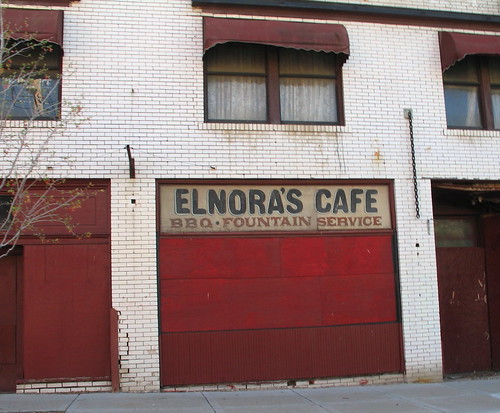
Camp Savage – 4/365, Archive 365, Camp Savage, Savage, Minnesota, June 2009, photo © 2009-2012 by QuoinMonkey. All rights reserved.
Independence
Banging fireworks against pre-dawn chatter.
Red night, white galaxy, blue smoke
in the air, flowers made of fire.
Freedom does not rest
or sit softly on her laurels.
She is war-like and stubborn,
not blind to the truth.
“Fight for what you believe in” she liked to say.
Independence remains passive,
13 stripes, 50 stars
but fiercely springs to life
when freedom is stripped away.
never rest easy –
in the dawn’s early light
there is much work to do
ABOUT THE PHOTOS:
Liz and I stumbled on Camp Savage in 2009 while out on a day trip to take photos. I was shocked and surprised because I had no idea such a place existed in Minnesota. The Nisei (second generation) at Camp Savage were translators of language, maps, and documents during World War II. When Marylin submitted her piece about her childhood friend whose family was sent to a Japanese internment camp, I was inspired to go back and take a look at these photographs again. It’s the first time I have consciously written haibun (more about the form at haiku 4 (one-a-day) meets renga 52). I like working in the format of both prose and haiku. Independence Day in the United States reminds me of all the ways that people fight hard to gain freedom, independence, and equality, even within our own country. Below are the words on the plaque at Camp Savage:
_______________________________________

Independence, flag at Camp Savage, Savage, Minnesota, June 2009, photo © 2009-2012 by QuoinMonkey. All rights reserved.
During World War II, some 5,000 to 6,000 Japanese American soldiers, members of the U.S. Army’s Military Intelligence Service, were given intensive and accelerated classes in the Japanese language at Camp Savage.
Their subsequent work translating captured documents, maps, battle plans, diaries, letters, and printed materials and interrogating Japanese prisoners made them “Our human secret weapons,” according to President Harry Truman, who commended them following the war.
The Military Intelligence Service (MIS) program began in the fall of 1941, a few weeks before Pearl Harbor, at the Presidio in San Francisco.
For security reasons it was moved in May, 1942 to Camp Savage, a site personally selected by language school commandant Colonel Kai E. Rasmussen, who believed Savage was “a community that would accept Japanese Americans for their true worth — American soldiers fighting with their brains for their native America.”
The 132-acre site had served as a Civilian Conservation Corps camp in the 1930s and was later used to house elderly indigent men.

Plaque At Camp Savage, Savage, Minnesota, June 2009, photo © 2009-2012 by QuoinMonkey. All rights reserved.
Conditions there were extremely difficult in the early months of the war, when the first students studied without desks, chairs, or even beds. By August, 1944 the program had outgrown Camp Savage and was moved to larger facilities at Fort Snelling
Most of the English-speaking Japanese Americans, known as Nisei, were from the West Coast area. Some were already in the U.S. military service when they were selected for the language school, while others were volunteers from the camps in which American citizens of Japanese ancestry had been interned following the bombing of Pearl Harbor.
According to General Charles Willoughby, chief of Intelligence for General Douglas MacArthur, “the 6,000 Nisei shortened the Pacific war by two years.”
-erected by the Savage Chamber of Commerce, 1993
_______________________________
ARCHIVE 365: Since the completion of BlackBerry 365, I have missed a daily photo practice. There are so many photos from my archives that no one has ever seen but me. So I asked skywire7 if she wanted to do a daily practice for one year, taking turns posting an unpublished photograph from the past.
Archive 365 is a photo collaboration between skywire7 and QuoinMonkey featuring images from our archives. We will alternate posting once a day in our Flickr sets from July 1st 2012 through June 30th 2013. You can view our photographs at skywire7 Archive 365 set on Flickr and QuoinMonkey Archive 365 set on Flickr.
-posted on red Ravine, Independence Day, July 4th, 2012. Related to post: Abraham Lincoln & Nikki Giovanni (On Poets & Presidents)
Read Full Post »







































































